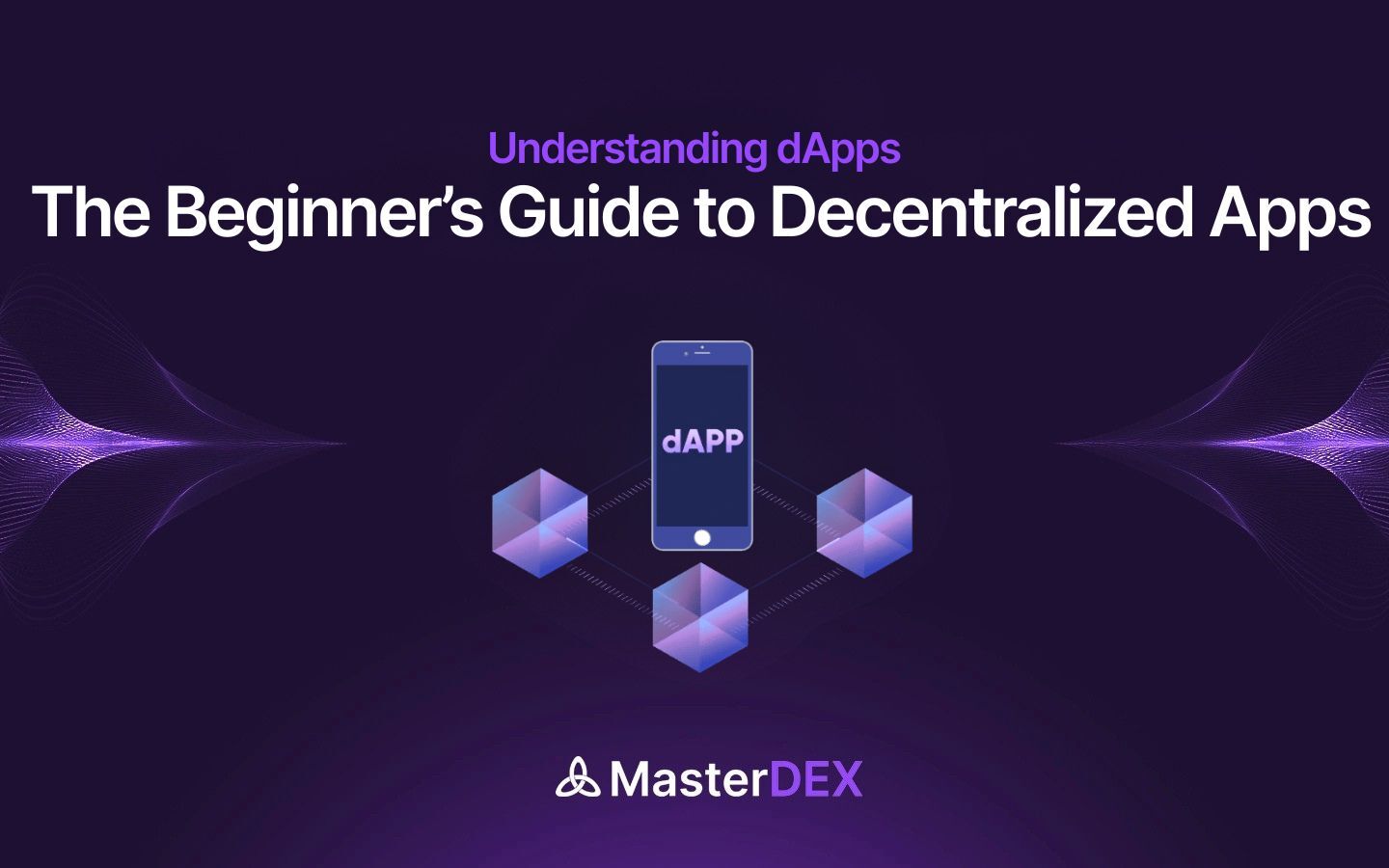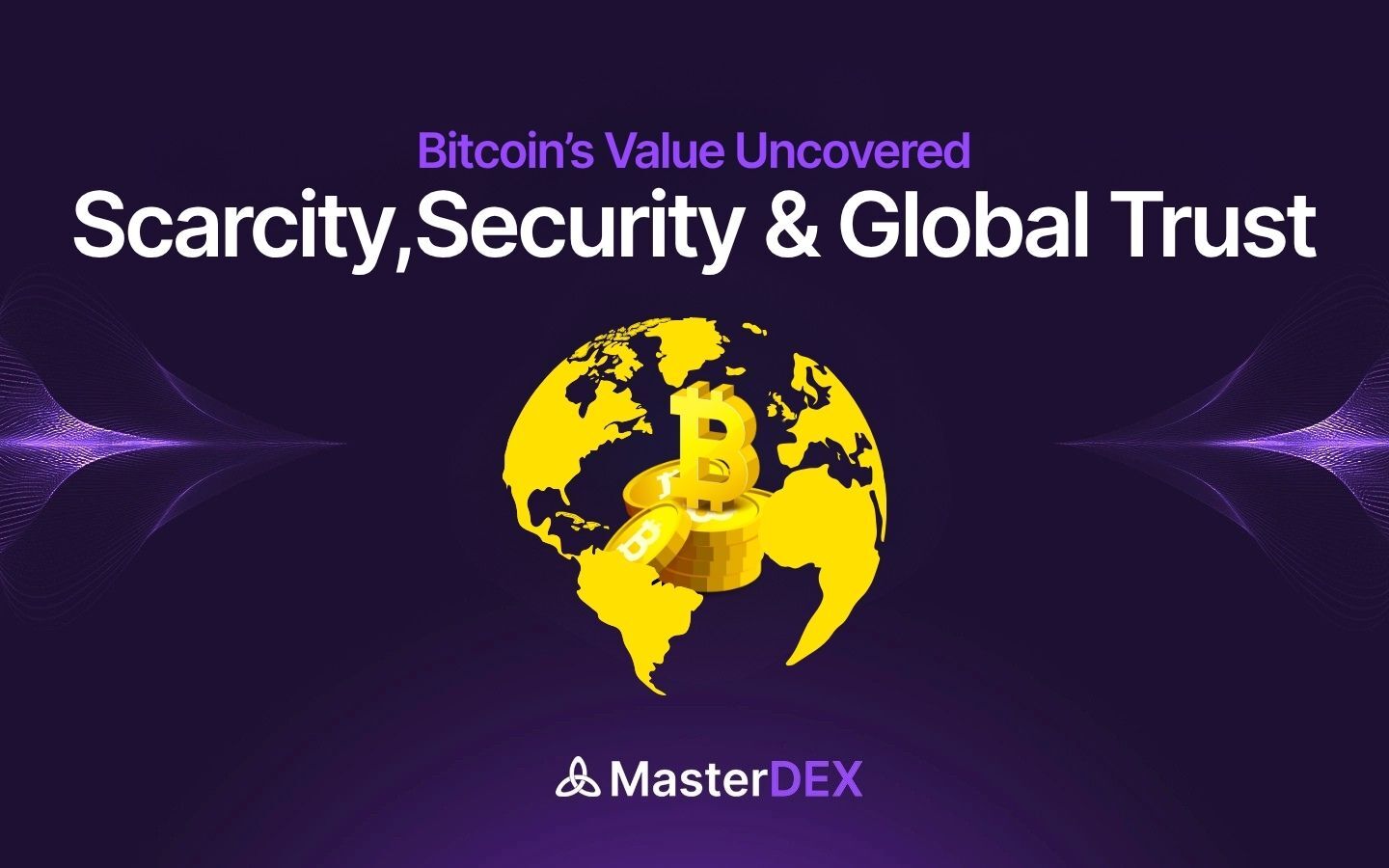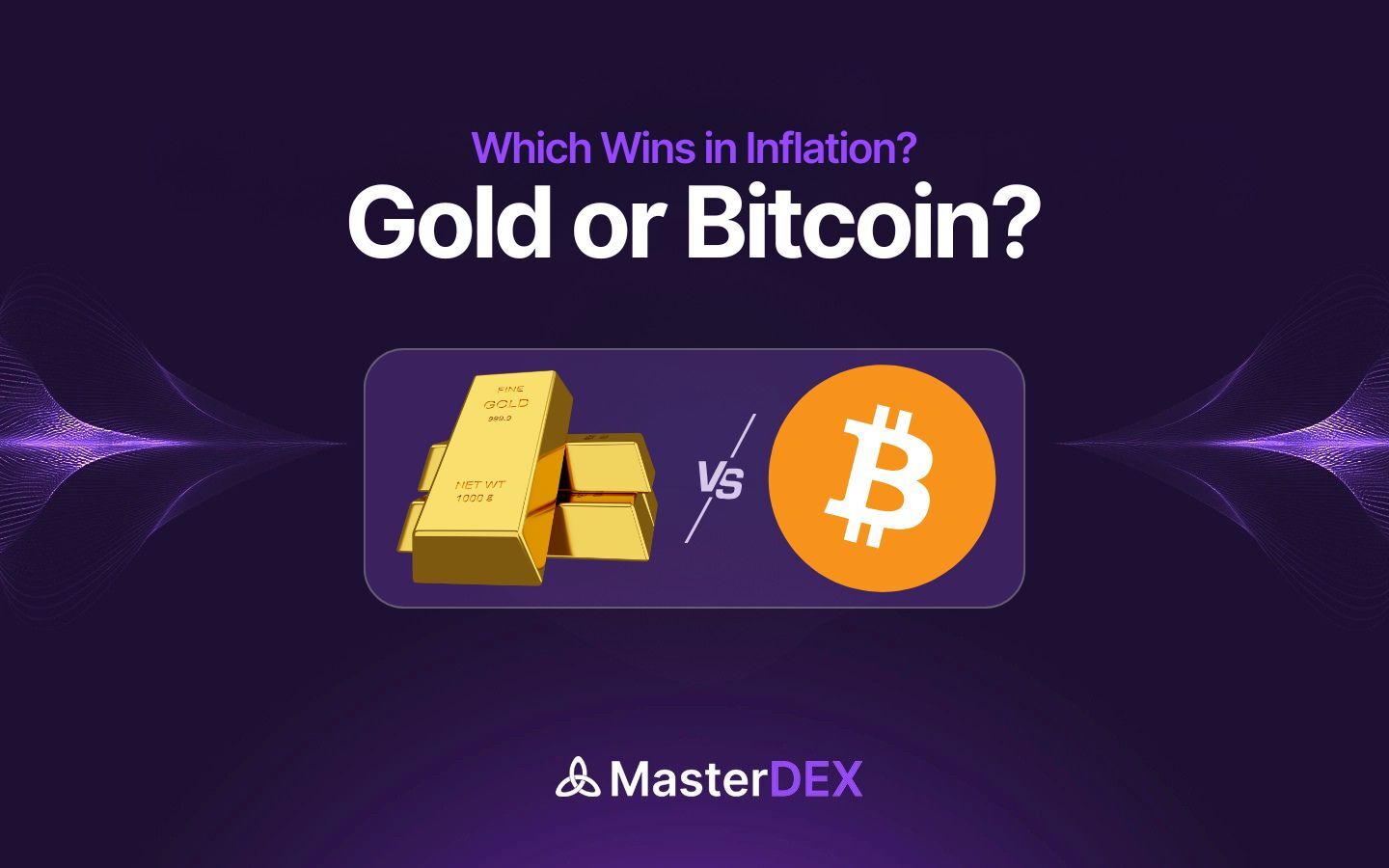Table of Contents:
ToggleIntroduction
Decentralized applications, or dApps, are rapidly reshaping the way we interact with technology, finance, and the internet itself. Unlike traditional applications, which rely on centralized servers and are controlled by a single entity, decentralized applications run on blockchain networks, offering transparency, security, and user empowerment.
As the world increasingly embraces Web3, decentralized applications are becoming more than just a niche trend, they are the foundation of a decentralized digital ecosystem. From finance and gaming to social media and governance, decentralized applications are enabling users to take control of their digital assets, identity, and online interactions like never before.
In this guide, we’ll break down what dApps are, how they work, the different types available, and why they are crucial for the future of the internet.
What is a dApp?
A decentralized application (dApp) is an application that runs on a blockchain network rather than relying on centralized servers. This means no single entity controls the app, and all actions are recorded on a distributed ledger that is transparent and immutable.
Unlike traditional apps, where the backend logic and user data are stored on a company’s servers, a dApp’s backend operates through smart contracts, which are self-executing code stored on the blockchain. This allows the application to run autonomously, reducing the need for intermediaries and minimizing the risk of censorship or downtime. In short, dApps combine the functionality of regular apps with the security, transparency, and decentralization of blockchain technology, empowering users in ways traditional apps cannot. Some of the popular examples of decentralized applications include Uniswap, MakerDAO, etc.
Why dApps Matter in the Modern Digital Ecosystem?
In today’s digital world, most applications are centralized, meaning they are controlled by a single company or organization. This centralization comes with several drawbacks: data can be misused, accounts can be censored or blocked, and platforms can fail due to technical or financial issues.
Decentralized applications address these challenges by offering:
- User Empowerment: Users have full control over their data and digital assets. There’s no central authority that can restrict access or manipulate the system.
- Transparency: All transactions and operations are recorded on the blockchain, allowing anyone to verify them.
- Trustless Interactions: Smart contracts enable transactions without needing a middleman, reducing the risk of fraud and human error.
- Global Accessibility: These apps can be accessed from anywhere in the world without relying on local servers or centralized systems.
By combining these benefits, decentralized applications are not just a technological innovation, they are paving the way for a more open, fair, and resilient digital ecosystem. From DeFi platforms to blockchain-based games, These apps are creating new opportunities for financial inclusion, ownership, and collaboration.
Decentralization Explained
Decentralization is the core principle behind decentralized applications, and understanding it is key to grasping why these applications are so transformative.
Difference Between Centralized Apps and Decentralized Apps
- Centralized Apps: Traditional applications like Facebook, Gmail, or even centralized exchanges (CEXs) rely on a single entity to control the servers, manage data, and enforce rules. Users must trust this central authority, which creates single points of failure and potential risks like censorship, data breaches, or misuse of information.
- Decentralized Apps: In contrast, these apps operate on a distributed network of nodes. No single entity has complete control. Decisions and operations are carried out through consensus mechanisms, and user interactions are managed by smart contracts on the blockchain. This makes decentralized applications resistant to censorship, manipulation, or downtime.
How Blockchain Enables Decentralization?
Blockchain technology powers decentralized applications by providing a trustless, transparent, and immutable ledger:
- Distributed Ledger: Every participant (node) maintains a copy of the blockchain, ensuring that data is replicated and verified across the network.
- Consensus Mechanisms: Processes like Proof of Work (PoW) or Proof of Stake (PoS) ensure that transactions and operations are validated without a central authority.
- Smart Contracts: Code that executes automatically based on predefined rules allows dApps to run reliably and autonomously.
By combining these elements, blockchain ensures that decentralized applications are secure, transparent, and accessible, giving users control without the need to trust a single organization.
Key Features of dApps
Decentralized applications stand out from traditional apps because of several defining features. Understanding these characteristics helps users and developers appreciate why they are revolutionizing the digital ecosystem.
- Open-Source Nature
Most decentralized applications are open-source, meaning their code is publicly available. This promotes transparency and allows developers worldwide to audit, improve, or build upon the application. Open-source projects also foster trust, as anyone can verify that the dApp operates as claimed.
- Decentralized Backend (Smart Contracts)
Unlike traditional apps that rely on centralized servers, decentralized applications use smart contracts for their backend logic. Smart contracts are self-executing pieces of code stored on the blockchain that handle transactions and rules automatically. This ensures that the dApp operates reliably and without the need for intermediaries.
- Token-Based Economy and Incentives
Decentralized applications often incorporate their own tokens to incentivize users and power the application’s ecosystem. These tokens can be used for governance, staking, rewards, or accessing specific services within the dApp. This creates a self-sustaining economy and encourages active participation.
- Transparency and Immutability
All actions and transactions in a dApp are recorded on the blockchain, making them immutable and publicly verifiable. Users can trace every interaction, fostering trust and accountability. This level of transparency is not achievable with centralized apps, where data is controlled privately.
How dApps Work?
Decentralized applications function differently from traditional applications, combining familiar user interfaces with blockchain-powered backends. Understanding their architecture helps users and developers interact with them more effectively.
Frontend vs Backend
- Frontend: This is the part of the dApp that users interact with — similar to any traditional app. It includes the website or mobile interface where users can view data, input commands, and initiate transactions.
- Backend: Unlike centralized apps that store data and execute logic on private servers, a dApp’s backend is on the blockchain. Smart contracts handle the application logic, ensuring transparency, security, and trustless operations.
Role of Smart Contracts
Smart contracts are self-executing code that run on blockchain networks. They automatically enforce rules and process transactions based on pre-set conditions. For example:
- Swapping tokens on a decentralized exchange like MasterDEX
- Distributing rewards in a DeFi lending platform
- Governing DAO proposals
Interaction with Blockchain Networks
To interact with a dApp, users typically connect a crypto wallet (like MetaMask, Ledger, or Coinbase Wallet). The wallet communicates with the blockchain, allowing the user to:
- Send and receive tokens
- Execute smart contract functions
- Track transaction history
By combining an intuitive frontend with a decentralized, smart contract-driven backend, decentralized applications enable secure, trustless, and transparent operations, giving users more control over their data and assets than traditional apps.
Types of dApps
Decentralized applications span multiple industries, each offering unique functionalities and use cases. Here’s a breakdown of the major types of dApps:
1. Finance (DeFi)
Decentralized Finance (DeFi) enable financial activities without intermediaries. Common use cases include:
- Lending & Borrowing: Platforms like Aave and Compound allow users to lend crypto and earn interest or borrow assets.
- Swapping & Trading: Decentralized exchanges (DEXs) like Uniswap and MasterDEX allow peer-to-peer token swaps.
- Staking & Yield Farming: Users can lock tokens to earn rewards or participate in liquidity mining.
2. Gaming & NFTs
Decentralized applications have transformed gaming and digital collectibles by enabling play-to-earn models and NFT ownership. Examples:
- Axie Infinity – Players earn tokens by playing.
- Decentraland & The Sandbox – Virtual worlds with tokenized assets and land.
3. Social Networks & Messaging
Some decentralized applications aim to decentralize social media and messaging, giving users control over their data and content. Examples:
- Lens Protocol – Decentralized social networking where users own their profiles and posts.
- Status – Messaging app and mobile Ethereum wallet in one.
4. Utility & Governance Apps
These dApps support administrative or governance functions:
- DAO Governance – Platforms like Aragon or Snapshot allow token holders to vote on proposals and decisions.
- Identity & Authentication – Decentralized identity solutions give users control over personal data.
By offering diverse use cases, dApps demonstrate the versatility and potential of blockchain technology, moving far beyond just finance or gaming.
Popular Blockchains for dApps
The choice of blockchain can significantly impact a dApp’s performance, fees, and user experience. Here are some of the most popular blockchains for building and running decentralized applications in 2025:
1. Ethereum
- The pioneer of smart contracts and decentralized applications.
- Offers a large ecosystem with thousands of decentralized applications, particularly in DeFi and NFTs.
- Known for security and decentralization, though it sometimes faces high gas fees and network congestion.
2. Solana
- High-speed blockchain with low transaction fees.
- Popular for DeFi platforms and gaming decentralized applications.
- Offers fast transaction finality, making it ideal for real-time applications.
3. Polygon
- A Layer-2 scaling solution for Ethereum.
- Reduces gas fees and increases transaction throughput.
- Supports Ethereum-compatible decentralized applications, making migration seamless.
4. Binance Smart Chain (BSC)
- Cost-effective alternative to Ethereum.
- Strong DeFi ecosystem with staking, yield farming, and DEX platforms.
- Popular for new projects looking for fast adoption and low fees.
5. Other Emerging Chains
- Aptos, Base, Optimism – Focused on scalability and interoperability.
- Attract developers looking for low fees, high speed, and multi-chain capabilities.
Choosing the right blockchain depends on factors like transaction speed, fees, ecosystem, and the type of dApp you’re building or using.
Benefits of Using dApps
Decentralized applications offer several advantages over traditional apps, making them a cornerstone of the Web3 ecosystem. Here are the key benefits:
1. User Control and Ownership
dApps empower users by giving them full control over their digital assets and data. Unlike centralized platforms where companies control user information, decentralized applications allow users to manage, transfer, and utilize their assets without intermediaries.
2. Censorship Resistance
Because dApps operate on distributed networks, no single authority can block or manipulate user access. This ensures that applications remain available and uncensorable, regardless of location or political environment.
3. Transparency and Trustless Interactions
All transactions and operations are recorded on the blockchain, creating a transparent and verifiable history. Smart contracts execute automatically without needing a middleman, enabling trustless interactions between users.
4. Global Accessibility
Anyone with an internet connection and a compatible wallet can access decentralized applications, regardless of geographic location. This democratizes access to financial services, gaming, social media, and more.
By offering these benefits, these apps are redefining digital ownership, privacy, and interaction, allowing users to participate in a more open and equitable online ecosystem.
Challenges and Limitations
While dApps offer numerous benefits, they also face several challenges that users and developers should be aware of:
1. Scalability and Network Congestion
Many blockchain networks, especially Ethereum, face limited transaction throughput, which can lead to slower transactions and higher fees during periods of high activity. This can impact the performance and adoption of decentralized applications.
2. User Experience Challenges
These apps can be less intuitive than traditional apps. Wallet setup, understanding gas fees, and interacting with smart contracts may be confusing for beginners, creating a barrier to widespread adoption.
3. Security Risks and Smart Contract Vulnerabilities
Smart contracts are immutable once deployed. Bugs or vulnerabilities in the code can lead to hacks, loss of funds, or exploitation. Users must interact only with verified and audited decentralized applications to minimize risks.
4. Regulatory Uncertainties
Decentralized platforms often operate outside traditional regulatory frameworks, creating legal ambiguities. Governments are still developing guidelines for DeFi, NFTs, and other blockchain applications, which may affect the operation of certain dApps.
Despite these challenges, ongoing improvements in blockchain scalability, security audits, and user interfaces are helping dApps become safer and more accessible.
Future of dApps
The future of dApps is set to be more interconnected, efficient, and user-friendly. Cross-chain interoperability will allow seamless interaction between different blockchains, while advances in scalability and Layer-2 solutions will reduce fees and speed up transactions. Beyond DeFi and gaming, decentralized applications are expected to expand into social media, healthcare, governance, and more, making decentralized services a part of everyday life. With clearer regulations and better UX, the next wave of decentralized applications will be accessible, secure, and widely adopted.


